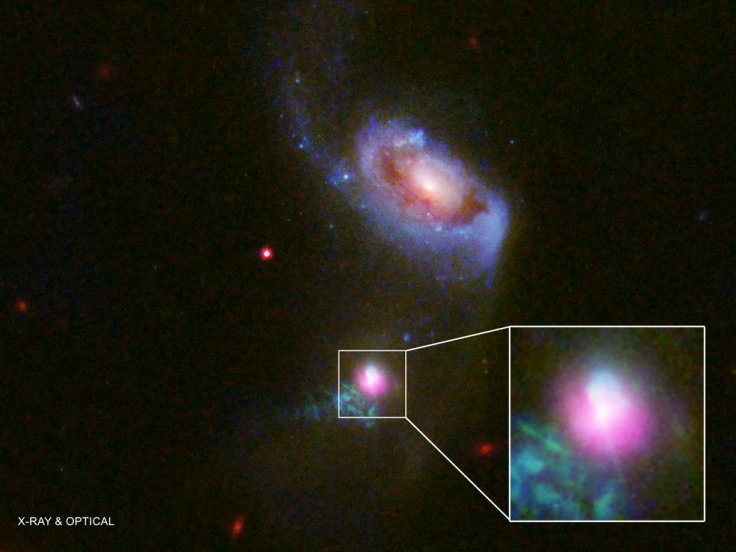
Scientists have found a new method to travel across wormholes -- very distant points in space -- in a split second, paving the way to connect one area of the universe to a different time and/or place or to a different universe altogether.
Researchers in the new study published in paper Physical Review D suggested the new technique focusing on spotting a wormhole -- the speculative phenomenon that has long captured the imagination of sci-fi fans as to whether or not they exist -- around Sagittarius A*.
Sagittarius A* -- an object thought to be a supermassive black hole at the heart of the Milky Way galaxy -- is a good place to look for a wormhole as it requires extreme gravitational conditions such as those present at supermassive blackholes, where absolutely nothing, including light, can escape their pull.
Researchers in the paper argued that nearby stars would be influenced by the gravity of stars at the other end of the passage if a wormhole existed at Sagittarius A*, making it possible for scientists to detect the presence of a wormhole by searching for small deviations in the expected orbit of stars near Sagittarius A*.
Dejan Stojkovic, Ph.D., cosmologist and professor of physics at the University at Buffalo College of Arts and Sciences suggested that star on our side should feel the gravitational influence of the star on the other side if there are two stars one on each side of the wormhole.
He said the gravitational flux would go through the wormhole, and it is possible for us to see deviations from the orbit at the other side by mapping the expected orbit of a star around Sagittarius A* to figure out whether or not there was a wormhole there.
"When we reach the precision needed in our observations, we may be able to say that a wormhole is the most likely explanation if we detect perturbations in the orbit of S2, but cannot say that yes, this is definitely a wormhole as there could be some other explanation, something else on our side perturbing the motion of this star," the researcher said.
Stojkovic, on a close look at S2 -- a star orbiting Sagittarius A*, noted that if ever discovered, the wormholes were not going to be the kind that science fiction often envisioned."Even if a wormhole is traversable, people and spaceships most likely aren't going to be passing through," he suggested, adding that some magic would be needed to create a huge stable wormhole as "you would need a source of negative energy to keep the wormhole open, and we don't know how to do that".
Dr. Michio Kaku, a theoretical physicist at the City College of New York, said some of his contemporaries believed blackholes acted like "gateways" throughout the universe, arguing the question as to what lied on the other end of that universe still remained.
"Einstein's equations do predict that black holes might be used as time machines or gateways to other universes but these equations are unreliable because the gravitational force at the center of a black hole becomes infinite, and that's nonsense," he was quoted as saying by Express UK.








